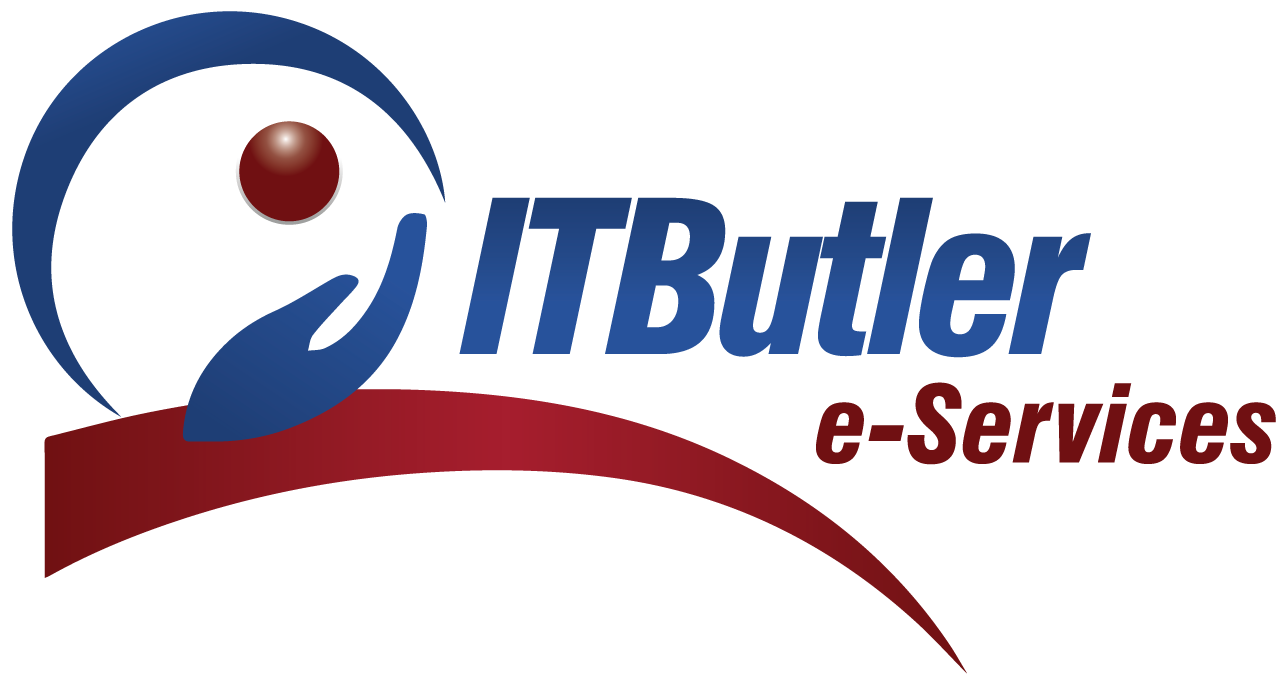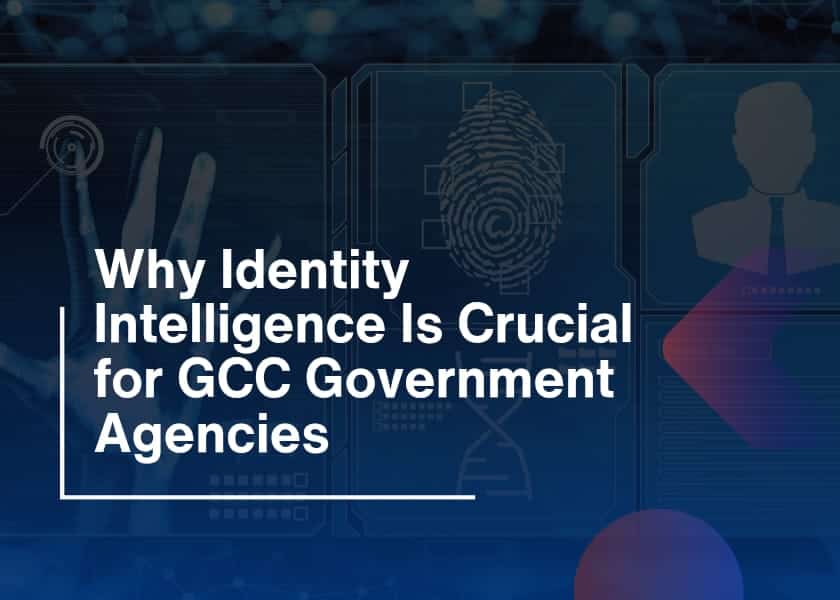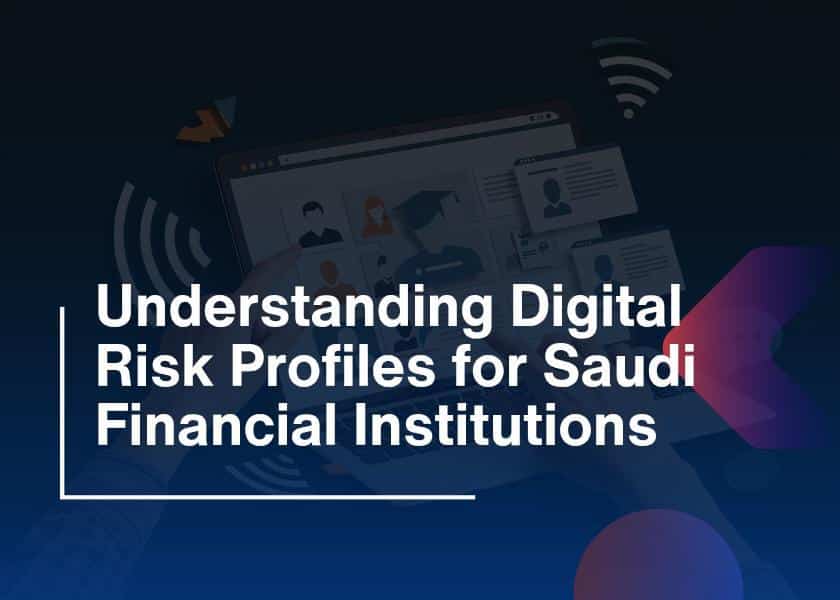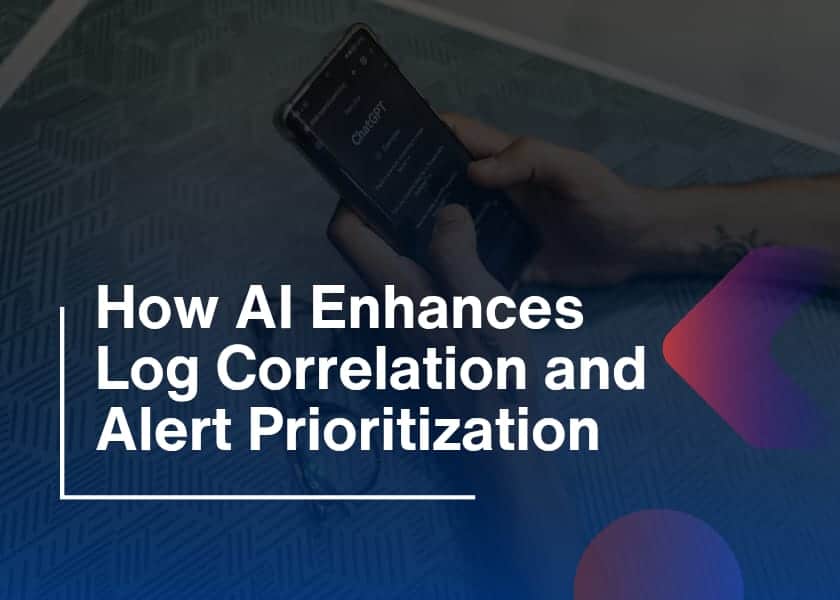Is Your SAMA Cloud Policy Strategy Aligned with SAMA Cloud Policy? Cloud computing is the lifeline of modern financial systems. But in a high-risk environment like finance, how do you ensure that cloud usage is secure, compliant, and reliable? That’s where the cloud policy of SAMA comes in, a framework designed specifically for financial institutions operating in Saudi Arabia. Whether you’re a local bank, an insurance company, or a fintech startup, following these guidelines isn’t just a recommendation; it’s a requirement.
With the rising momentum of cloud finance in KSA, the Saudi Arabian Monetary Authority (SAMA) has stepped in to provide clarity, structure, and control. Let’s discuss how SAMA policies help financial institutions manage risks, improve cloud governance, and maintain public trust.
Understanding the SAMA Cloud Policy
The cloud policy of SAMA was created to provide a standardized approach for the secure adoption of cloud services by financial institutions across the Kingdom of Saudi Arabia. As the central bank and regulatory body, SAMA aims to ensure that financial service providers can harness cloud technologies without compromising data security, customer confidentiality, or regulatory compliance.
SAMA released its cloud computing framework to promote innovation in financial services while balancing the risks involved in cloud adoption. The policy sets out key control requirements, including:
- Data classification and protection
- Vendor management and third-party risk
- Security controls and encryption
- Business continuity and disaster recovery
- Compliance with local data residency requirements
In short, the framework is a comprehensive guide to help financial institutions align their cloud strategy with regulatory expectations, ensuring they become secure cloud banks rather than vulnerable digital entities.
Core Components of SAMA Cloud Policy
Let’s break down the key components of the SAMA cloud policy and understand how they help build a secure and compliant cloud environment:
1. Data Classification and Privacy
Financial institutions must classify their data based on sensitivity. SAMA direct strict controls on how sensitive and confidential data is handled, especially customer information. Personal and financial data must be encrypted both in transit and at rest. Moreover, institutions must ensure that sensitive data is stored in cloud environments that follow cloud finance KSA regulations, which require certain data to remain within the Kingdom.
2. Vendor and Third-Party Risk Management
When financial institutions use third-party cloud providers, they must evaluate and manage the associated risks. SAMA requires:
- Detailed vendor assessments
- Strong contractual agreements
- Service Level Agreements (SLAs) that clearly define security responsibilities
- Ongoing monitoring of third-party compliance
These measures ensure that institutions don’t hand over their security to cloud providers blindly.
3. Security Governance and Controls
SAMA outlines clear expectations regarding security controls that must be implemented in cloud environments. These include:
- Identity and access management (IAM)
- Incident response procedure
- Intrusion detection and prevention
- Encryption and key management
Following these controls helps financial institutions operate as secure cloud banks, protecting both organizational and customer data from cyber threats.
4. Business Continuity and Disaster Recovery
Cloud systems must be resilient. SAMA prescribes that financial institutions develop complete business continuity and disaster recovery plans for their operations. Regular testing of these plans should offer immediate operational readiness during any disruption of business activities.
Financial institutions must keep complete control over critical data and systems at all times when outages or vendor switches occur.

5. Compliance and Auditability
The SAMA policy implements regulatory compliance as one of its primary objectives. Financial organizations need to keep documentation records along with audit trails because they must show readiness for any time regulatory inspections. All businesses must adhere to mandatory audit procedures, as operating without policy compliance could result in their inability to conduct business lawfully in the Kingdom.
Secure Cloud Banks with SAMA
The SAMA policy is not just about setting limits; it’s about setting standards. By complying with the policy, financial institutions can become secure cloud banks that lead the industry in innovation and resilience.
A secure cloud bank under SAMA’s guidelines is one that:
- Manages and monitors cloud usage continuously
- Encrypts sensitive data with robust algorithms
- Moreover, conducts regular penetration testing and audits
- Has a clearly defined incident response plan
- Lastly, train employees on cybersecurity best practices.
Thus, with these practices, financial institutions not only comply with SAMA but they also win customer trust and industry recognition.
Benefits of Complying with the Cloud Policy of SAMA
Adopting the SAMA policy is more than a box-ticking exercise. It brings real-world advantages to financial institutions:
- Improved Trust: Customers are more likely to trust institutions that adhere to strict data protection and privacy standards.
- Risk Mitigation: The policy helps prevent data breaches, downtime, and regulatory penalties.
- Operational Efficiency: By following clear cloud guidelines, institutions can optimize operations and scale services faster.
- Innovation Enablement: With compliance ensured, organizations can safely explore new financial technologies and digital offerings.
For any business involved in cloud finance KSA, these benefits translate into long-term growth, stability, and competitive advantage.
Challenges of Cloud Adoption in KSA’s Financial Sector
Despite the clear benefits, there are challenges in adopting cloud solutions in the Saudi financial sector. Some of the common hurdles include:
- Data Residency Requirements: Financial institutions must ensure that sensitive data is stored within KSA, which limits the use of some global cloud platforms.
- Vendor Lock-In: Dependency on a single cloud provider can lead to high switching costs and operational inflexibility.
- Skill Gaps: Not all IT teams are equipped to implement and manage secure cloud infrastructures in compliance with SAMA standards.
- Cost of Compliance: Aligning systems and practices with the SAMA policy often requires investment in security tools, training, and audits.
These challenges, however, can be overcome with proper planning and a commitment to long-term digital transformation.
How to Prepare for SAMA Cloud Policy Compliance
Financial institutions in KSA that want to enhance their cloud facilities need to follow this brief preparation checklist:
- First, understand your cloud readiness by evaluating your current infrastructure, together with your data types and security posture.
- Start developing a complete understanding of the SAMA cloud computing framework as well as its associated cybersecurity controls.
- Your business needs to work with cloud vendors that operate local data centers and also maintain a history of security compliance excellence.
- You should modify your IT and data governance policies to match the standards that SAMA has implemented.
- All the staff members need training in cybersecurity and cloud governance to achieve proper implementation across the organization.
- It is vital to use monitoring tools to monitor threat detection abilities and incident management capabilities.
- Organizations should perform regular audits, including both internal and external evaluation procedures, for continuous compliance assessment.
Conclusion
Cloud finance adoption in KSA requires a strong and standardized approach to cloud security because this trend will keep expanding in the future. Therefore, through the SAMA cloud policy, financial institutions obtain an organized blueprint to execute safe and responsible innovation.
These organizations create both regulatory compliance and secure future operations because of their commitment to this framework. Your organization can experience a digital transformation when you follow SAMA guidelines, regardless of being a bank, fintech, or insurance provider. Compliance provides organizations with the structure needed to avoid unintended or accidental outcomes.





